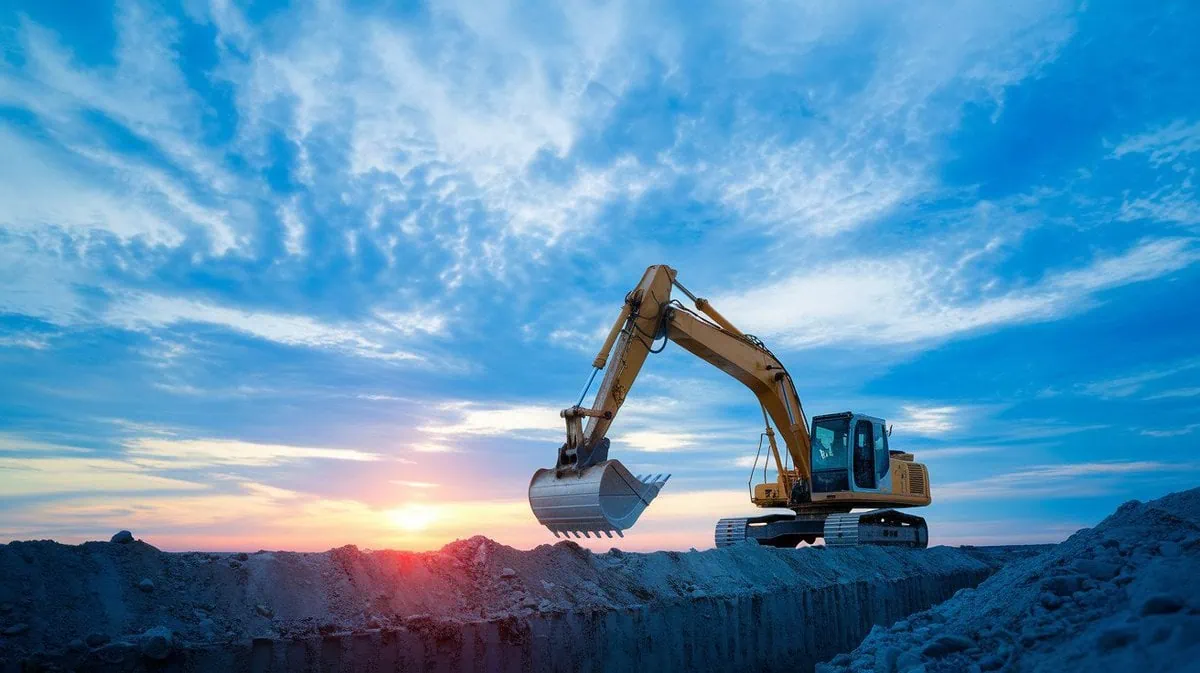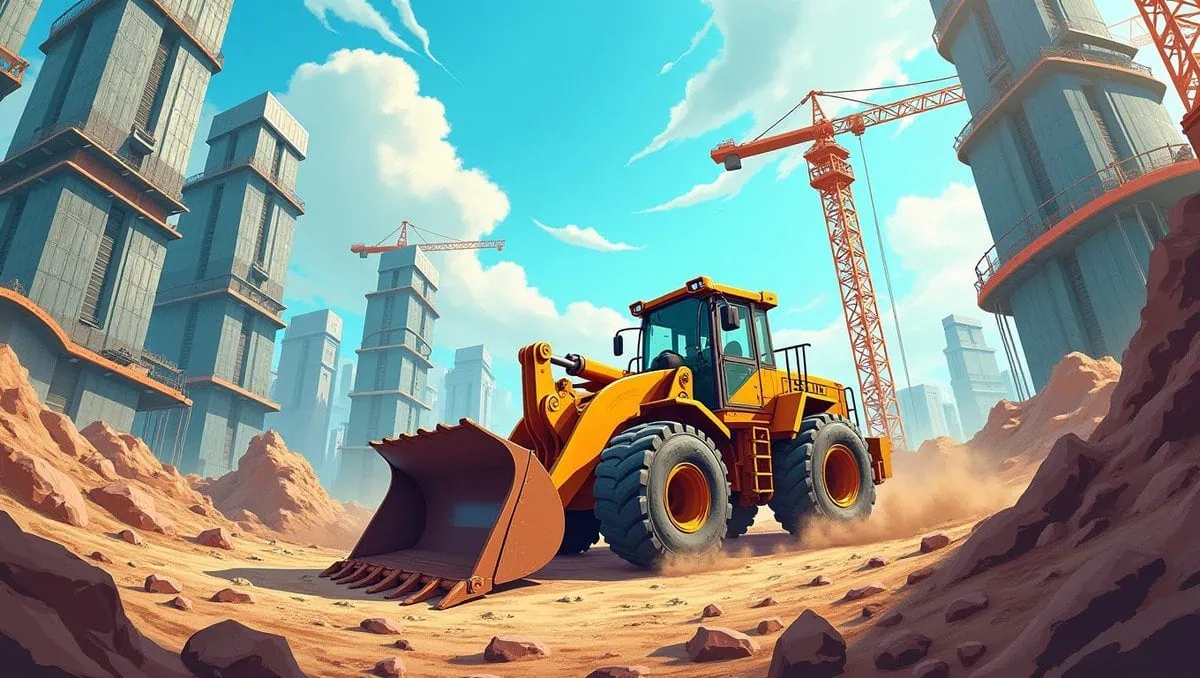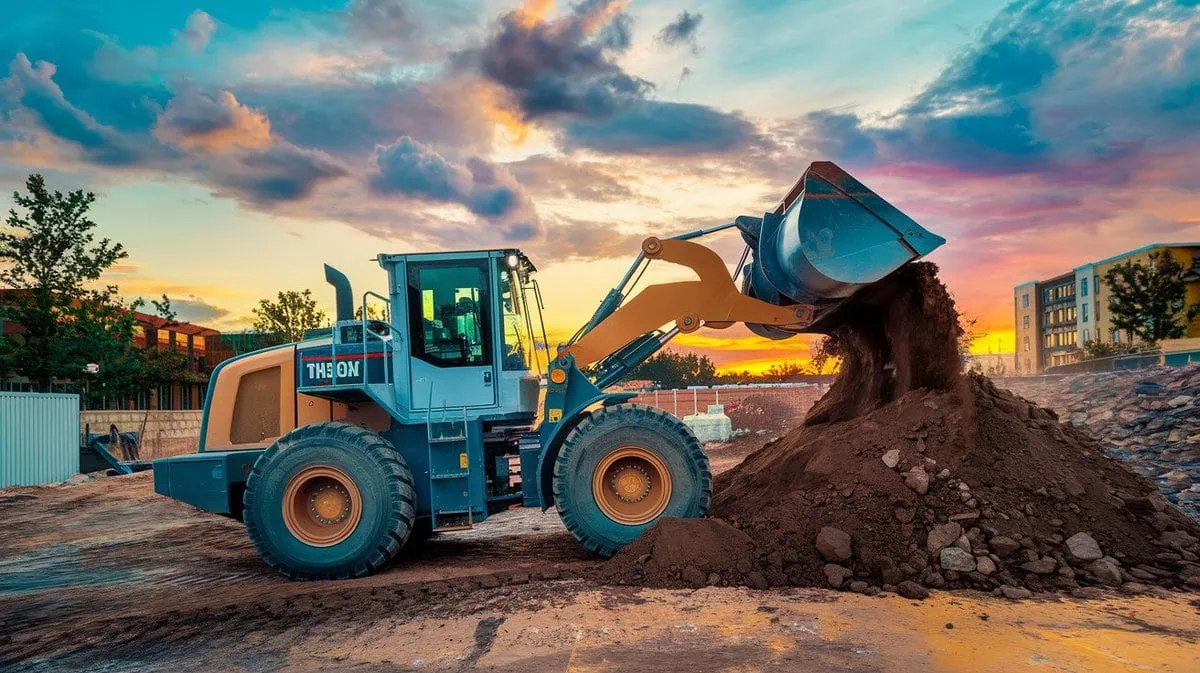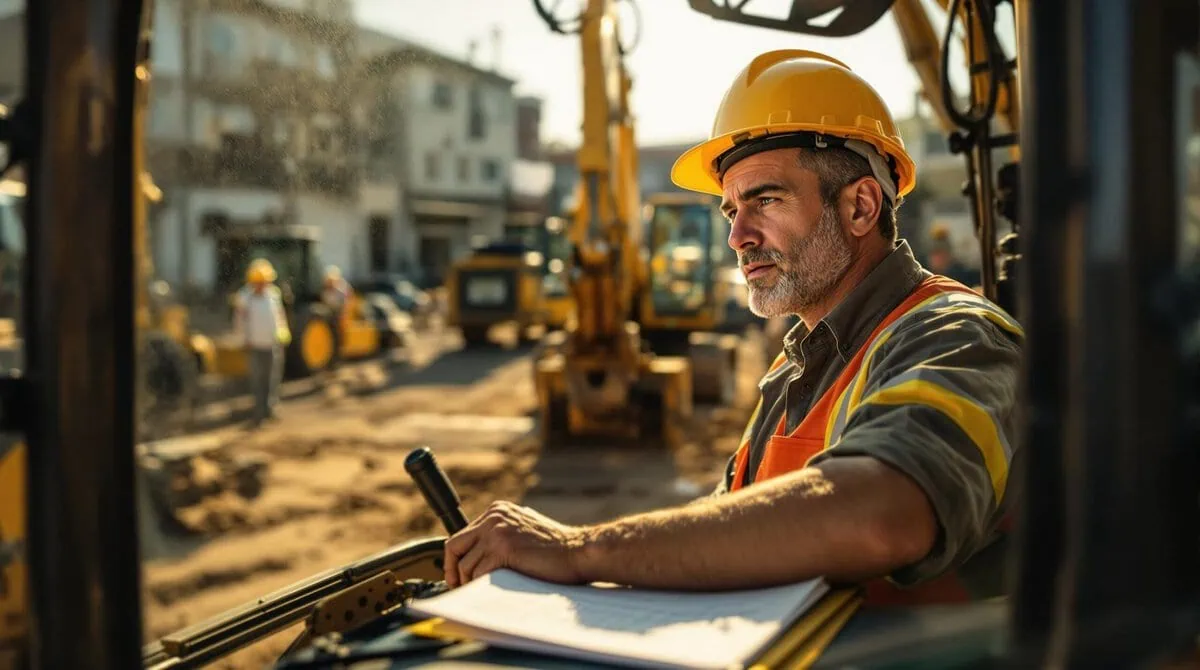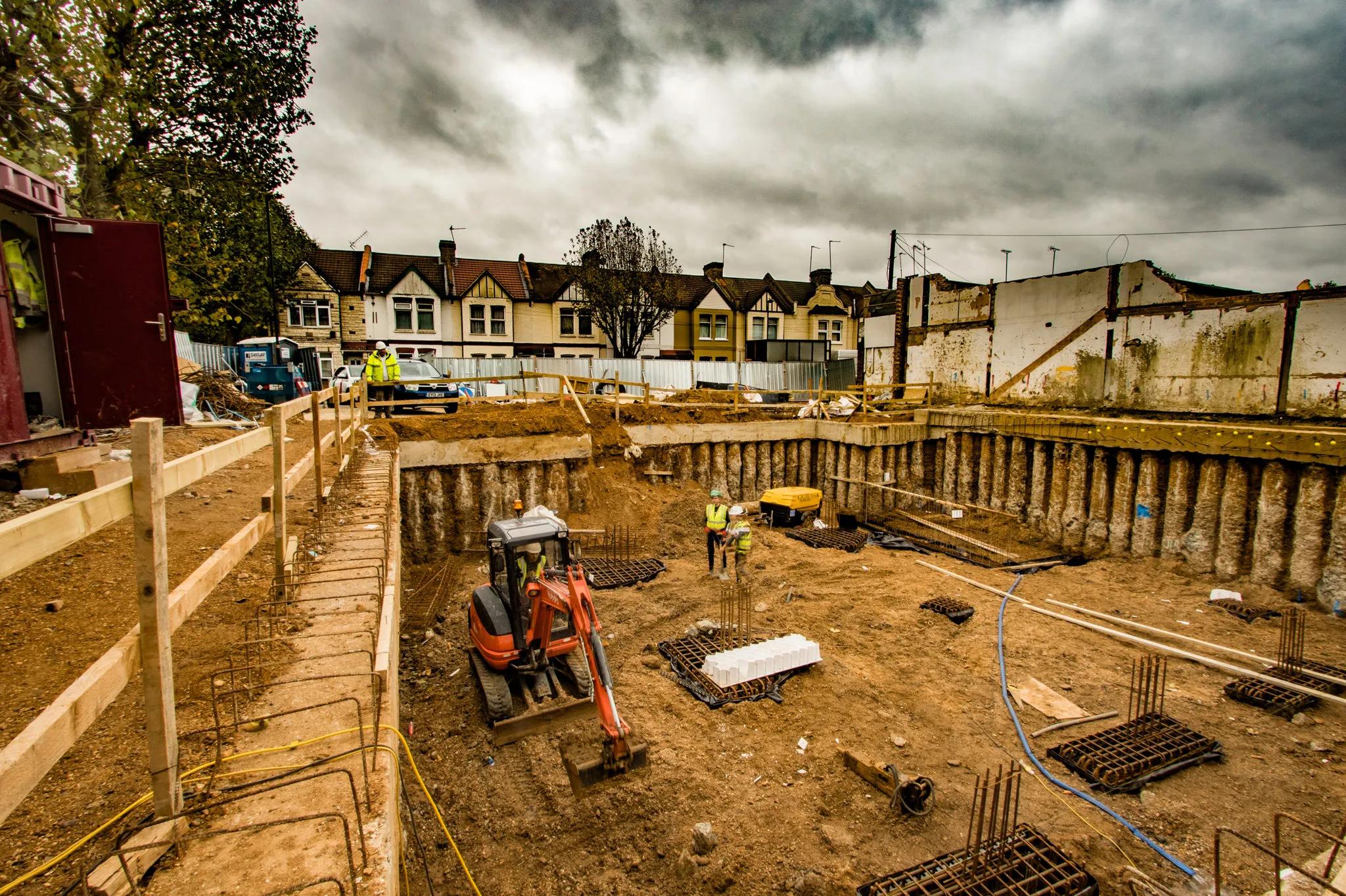Введение – How to choose right excavator
When it comes to choosing an excavator, you may feel overwhelmed by the options and technical specifications available. You’re probably asking yourself questions like: What size do I need? Which type will work best for my site conditions and Should I choose a tracked or wheeled model? Making the wrong choice could mean project delays, added costs, and a machine that doesn’t quite meet your requirements. By understanding key factors like job requirements, excavator size, machine type, and operational conditions, you’ll be in a strong position to choose right excavator for your project’s success.
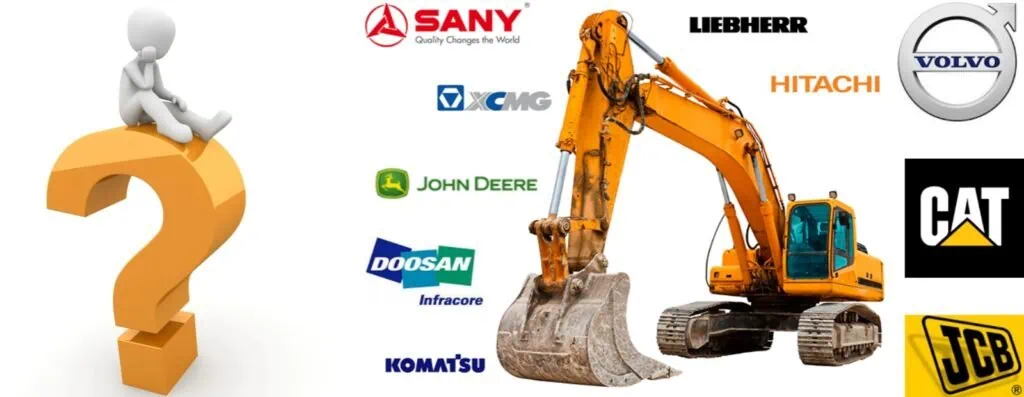
In this guide, you’ll find practical insights on each of these factors, providing a step-by-step approach to help you confidently select an excavator that matches your job scope, fits your budget, and enhances project efficiency.
Start with Your Project Requirements
Before you begin comparing models, it’s essential to have a clear picture of your project’s specific needs. Every excavator type serves a different purpose, so knowing what kind of work you’re planning will point you toward the right type of excavator. For example, some projects require deep digging and large load capacities, while others might prioritize flexibility and precision.
Think about what type of materials you’ll be handling, the depth of excavation you need, and whether the ground is hard or soft. Each of these factors impacts the performance requirements for your excavator.
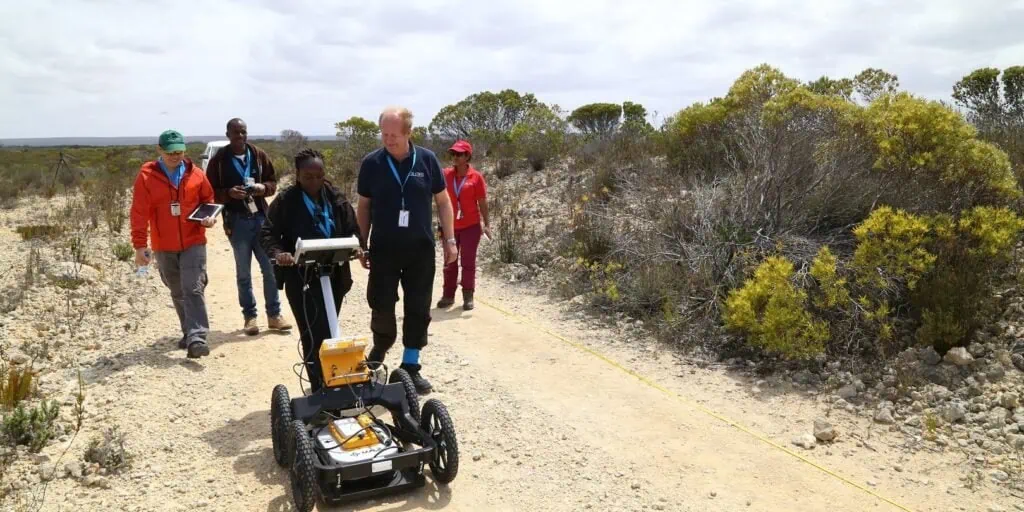
Key Project Questions to Consider
- Scope and Workload: Are you working on a large construction site with heavy loads, or a smaller landscaping project where lighter, precise work is key? A larger machine might be suitable for extensive earthmoving, while smaller machines can be more efficient for fine grading and landscaping.
- Site Space and Accessibility: Is your worksite spacious and open, or are you dealing with tight, confined areas where movement is limited? Compact models work best in restricted areas, while full-size excavators thrive in open environments.
- Excavation Depth and Reach: Will you need a long reach for deep trenches, or are you focusing more on surface-level digging? Selecting an excavator with an adequate boom and arm length ensures you can complete tasks without overstretching or under-reaching.
By taking the time to define these requirements, you’ll be able to refine your choices early on and avoid the trial-and-error that comes with mismatched equipment.
Understand Excavator Size Options: Mini, Mid-Size and Large
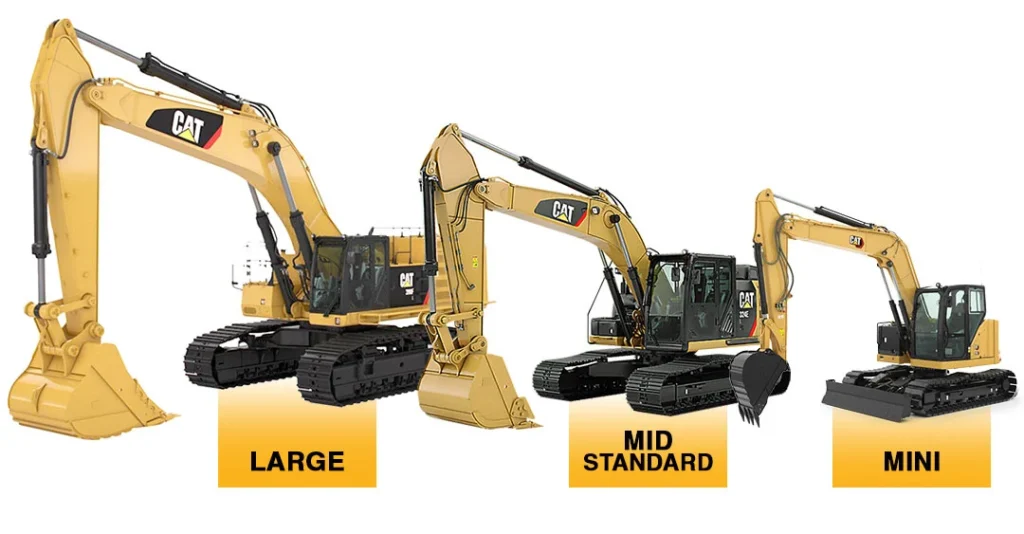
Excavators come in several sizes, each tailored to particular project types and capacities. Your project size and the materials you’ll handle play a large role in determining the excavator size that will work best.
Mini Excavators (Under 10 Tons)
Mini excavators, which typically weigh less than 6 tons, are ideal for projects with restricted space or sensitive ground that you don’t want to disturb. Common uses include:
- Landscaping and gardening projects
- Urban construction sites with limited access
- Small-scale trenching and foundation work
Mid-Size Excavators (10–20 Tons)
Mid-size models provide a balance between power and maneuverability, making them versatile choices for moderately sized construction tasks. They’re especially useful for:
- Utility work (digging trenches for pipes and cables)
- Demolition and material handling
- Medium-sized construction jobs
Large Excavators (20 Tons and Up)
Large excavators are the powerhouse of the lineup, offering maximum strength and reach for demanding projects. You’ll see these machines on:
- Large construction sites and quarries
- Heavy lifting and extensive earthmoving
- Road-building and mining applications
Evaluate Job Site Conditions and Terrain

The nature of your job site is crucial in determining which excavator will be most effective. Conditions such as the ground type, space constraints, and access difficulties all factor into the machine’s stability, traction, and efficiency.
Тип местности
If you’re working on rough or unstable ground, you’ll want an excavator with tracks instead of wheels, as they provide better traction and stability on uneven surfaces. However, if your site is primarily paved or flat, wheeled excavators may offer better maneuverability and faster movement between job locations.
Slopes and Inclines
Some job sites have steep or sloping areas that can be challenging to navigate. In these cases, consider excavators with hydraulic leveling systems or tilt capabilities, which help maintain balance and control on inclines. Operating a standard excavator on sloped terrain without these features can lead to safety risks and equipment wear.
Confined Spaces
For tight, enclosed areas, look for excavators with compact frames or zero-swing capabilities. Zero-swing models are designed to reduce the machine’s tail swing, making them ideal for environments with limited space. They allow you to work closer to obstacles without compromising safety or performance.
Taking site conditions into account helps you find a machine that will work reliably on your terrain and minimizes the risk of operational issues.
Decide on Excavator Type: Tracked or Wheeled

The choice between tracked and wheeled excavators often comes down to terrain and mobility needs. Here’s a breakdown to help you choose which is better suited to your project.
Tracked Excavators
Tracked excavators are the more traditional choice and excel in rugged, outdoor environments. Their tracks provide greater stability and traction on soft, muddy, or uneven ground, making them ideal for forestry, mining, and rural construction projects. These machines offer superior digging power and stability on tough terrains but require more fuel and may be slower to move between locations.
Wheeled Excavators
Wheeled excavators are becoming increasingly popular for urban environments where paved roads and easy transport between job sites are common. These models can move quickly and don’t damage the ground as much as tracks do. However, they’re less stable on rough or uneven terrain, so reserve them for sites with firm, level surfaces.
In short, if you’re working on a rough, off-road site, a tracked excavator is probably best. For urban, flat, or hard-surfaced job sites, a wheeled excavator might be more practical and cost-effective.
Plan for Attachments and Special Features

Attachments transform an excavator into a versatile, multi-functional tool. Depending on your project’s needs, consider which attachments could improve productivity and help you accomplish specialized tasks.
Popular Excavator Attachments
- Buckets: These come in various sizes and shapes for digging, scooping, or transporting materials.
- Hydraulic Breakers: Used for breaking up concrete, rocks, and other hard surfaces.
- Augers: Ideal for drilling holes in the ground for posts or foundations.
- Grapples: Useful for handling large, irregular items like logs or debris.
Attachments can be a significant investment, so think carefully about which ones will add genuine value to your project. Some attachments also require specific hydraulic or weight capacities, so verify that your excavator model is compatible.
Set a Realistic Budget and Consider Operating Costs

When determining your budget, account not only for the machine’s purchase price but also for operational expenses such as fuel, maintenance, and eventual resale value. New excavators are more expensive upfront, but they offer longer lifespans and often come with warranty protections.
New vs. Used Excavators
- New Excavators: These come with the latest features, technology, and warranty, but at a higher price point. If reliability and long-term investment are priorities, new may be the way to go.
- Used Excavators: These are more budget-friendly but may require closer inspection for wear and tear. Ensure that any used machine has been well-maintained and comes with service records.
Additionally, calculate operational costs like fuel and maintenance. By setting a comprehensive budget, you avoid unexpected expenses and can evaluate the total value your chosen excavator will provide.
Prioritize Fuel Efficiency and Environmental Standards

Fuel consumption has a direct impact on your operating costs, and as environmental standards become stricter, fuel efficiency is more important than ever. Many modern excavators offer fuel-saving features such as idle shutdown, eco-modes, and load-sensing hydraulics.
Emission Standards
If you’re working in regions with stringent emission regulations, look for models that comply with Tier 4 or Stage V standards. These machines not only help you meet regulatory requirements but also reduce your carbon footprint. Choosing a fuel-efficient and eco-compliant model ensures you’re managing costs responsibly while contributing to environmental sustainability.
Краткое содержание
Selecting the right excavator for your project requires careful analysis of project needs, job site conditions, machine size, type, and fuel efficiency. By focusing on each factor and considering attachments, operating costs, and environmental standards, you can make an informed decision that enhances both performance and cost-effectiveness. We are supplier of used excavators in China, please связаться с нами for more information.

